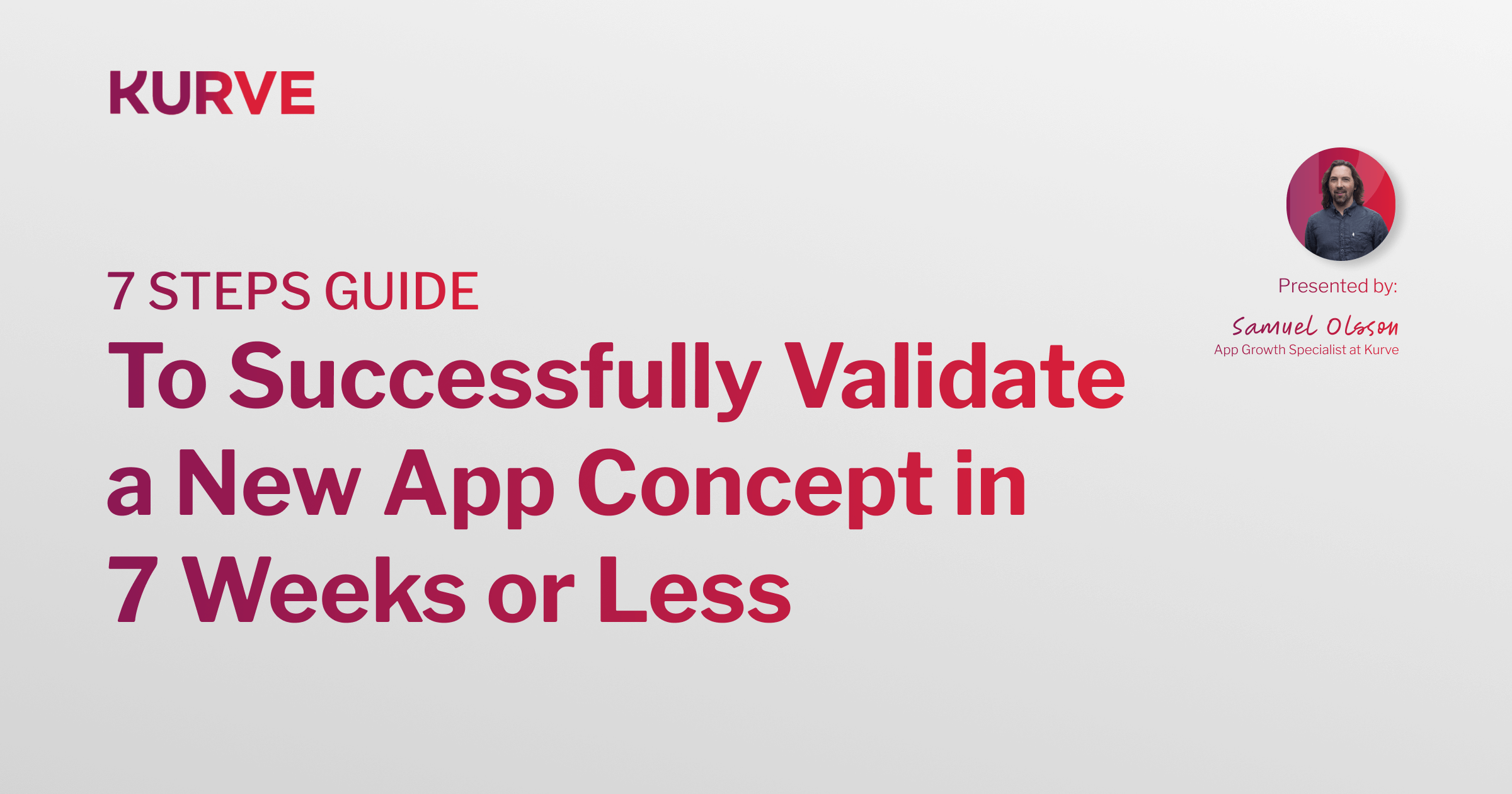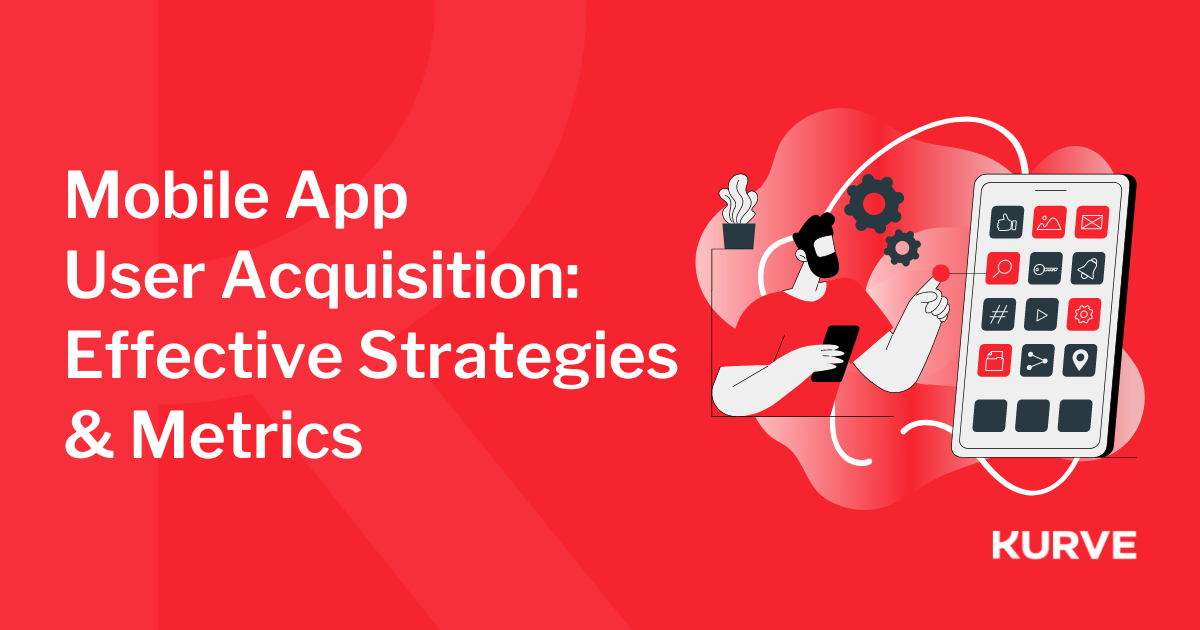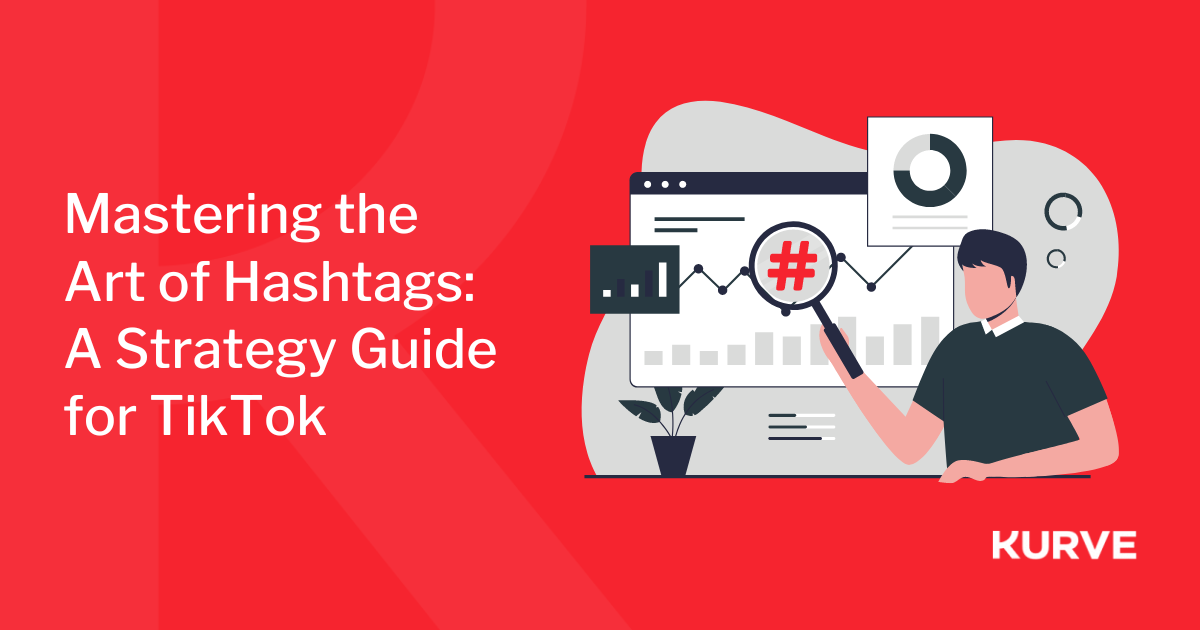15 Proven B2B Lead Generation Strategies for Tech Success
B2B lead generation is the foundation for tech success. It builds relationships, showcases your expertise, and converts the customers that fuel the growth of your tech company.
This guide will delve into proven strategies tailored to the tech industry and designed to streamline your lead generation process.
Whether you want to revamp existing tactics or discover new avenues, these strategies can help you attract the right audience and cultivate meaningful connections.
| Table of Contents |
What is Lead Generation?
B2B lead generation is the foundation for tech success. It builds relationships, showcases your expertise, and converts the customers that fuel the growth of your tech company.
This guide will delve into proven strategies tailored to the tech industry and designed to streamline your lead-generation process.
Whether you want to revamp existing tactics or discover new avenues, these strategies can help you attract the right audience and cultivate meaningful connections.
How Does B2B Lead Generation Work?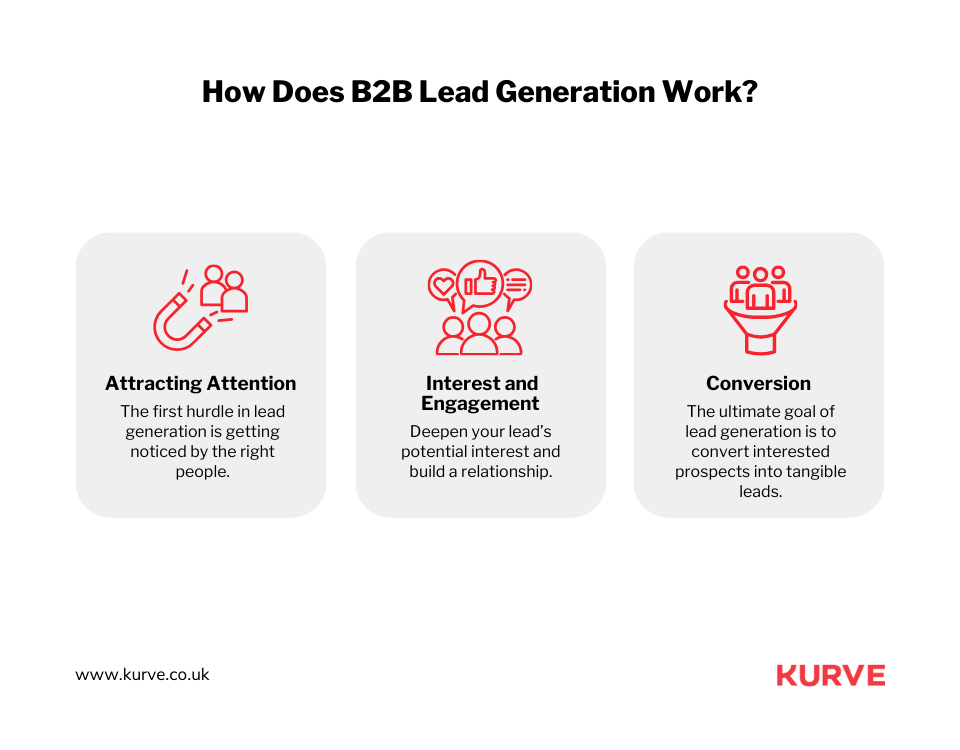
Lead generation is a journey with distinct phases. Let's break it down:
1. Attracting Attention
The first hurdle in lead generation is getting noticed by the right people. Here are some key marketing channels to leverage:
- Social Media: Choose platforms aligned with your target audience (LinkedIn, Twitter, etc.). Combine organic content with targeted ads for maximum reach.
- Content Marketing: Become a thought leader with high-quality blog posts, infographics, videos, and webinars. Do SEO optimizations to enhance visibility.
- Email Campaigns: Build a subscriber list and nurture leads with valuable newsletters or targeted email sequences.
- Online Advertising: Get immediate visibility using paid search ads (Google Ads), display ads, and social media ads.
Use the right channels strategically by understanding your ideal customer is essential for attracting the right attention. Consider creating buyer personas — detailed profiles of ideal customers, including their roles, pain points, challenges, and preferred channels.
2. Interest and Engagement
Deepen your lead’s potential interest and build a relationship. This is where offering value becomes paramount.
- Provide informative and helpful content that addresses their pain points or offers solutions to their problems. Formats include blog posts, webinars, case studies, whitepapers, and ebooks.
- Demonstrate expertise by showcasing your knowledge and establishing your company as an authority in your niche.
- Make it interactive by using interactive content formats involving your audience. Some examples include:
- Quizzes or assessments help potential leads to identify their needs.
- Calculators or tools can offer resources that provide tangible value.
People are more likely to stay engaged when they feel like they're getting something in return for their time and attention. Focus on providing genuinely useful and relevant content that truly helps your audience.
3. Conversion
The ultimate goal of lead generation is to convert interested prospects into tangible leads. Here are some key conversion methods:
- Landing pages: Design focused landing pages with persuasive copy and clear calls-to-action (CTAs) to drive specific actions (e.g., downloading content, scheduling demos).
- Forms: Keep forms brief, requesting only essential information (name, email, company). Minimize fields to boost conversion rates.
- Newsletter subscriptions: Offer newsletter subscriptions (if valuable) to nurture leads over time.
- Live chat: Implement live chat on your website for quick lead engagement and questions.
These conversion methods work because they offer a clear, focused path for visitors to express interest, providing value in exchange for contact information.
By carefully crafting these conversion elements, you'll create a seamless process that turns interested prospects into tangible leads, fueling your sales funnel.
15 Proven B2B Lead Gen Strategies
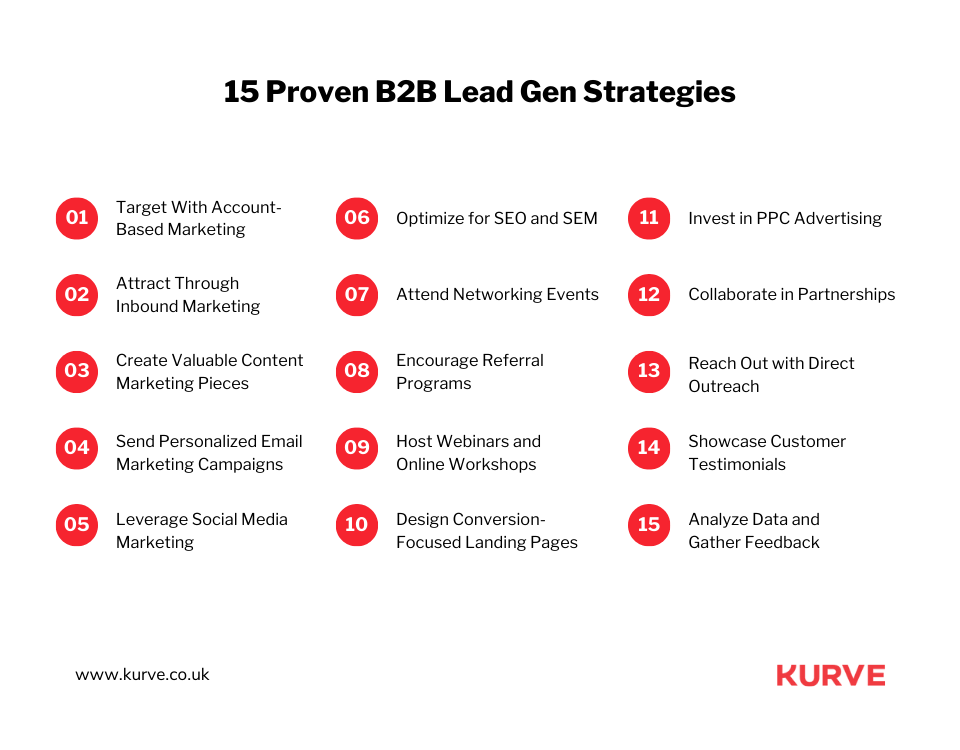
Ready to streamline your lead generation efforts and fuel your tech company's growth? It's time to explore these tried-and-tested strategies.
1. Target With Account-Based Marketing
Account-based marketing (ABM) flips the traditional lead generation funnel. It focuses on a select list of high-value accounts rather than casting a wide net. With ABM, your marketing and sales team collaborate to create personalized campaigns tailored to the specific needs and challenges of those target accounts.
This approach improves lead quality by allowing for a:
- Focused investment of resources
- Deeper understanding of target accounts' pain points
- Personalized engagement that drives stronger connections and higher conversion rates.
Kurve emphasizes the power of tailor-made marketing efforts in ABM. Understanding high-potential accounts' specific needs and motivations delivers experiences that resonate, leading to better quality leads and long-term business relationships.
2. Attract Through Inbound Marketing
Inbound marketing draws potential customers organically through valuable content and experiences. It boosts brand awareness, positions you as an authority, and generates high-quality leads.
A long-term inbound strategy offers significant benefits. It drives organic traffic over time, reducing reliance on paid ads and proving cost-effective in the long run. Most importantly, you become a trusted resource by providing valuable content and fostering deeper relationships with potential customers.
Inbound marketing experts like Kurve craft compelling blog posts, infographics, videos, and other resources that address your target audience's needs. We optimize content for search engines using keywords, backlinks, and user experience to boost visibility.
Additionally, Kurve leverages social media for relationship building, content sharing, discussions, and targeted ads to drive engagement and guide prospects to your website.
3. Create Valuable Content Marketing Pieces

To create successful lead generation marketing strategies, focus on providing helpful and engaging content for your target audience. Consider these effective lead magnets:
- Blog Posts: Share insights, tackle customer pain points, and offer how-to guides.
- Ebooks and Whitepapers: Provide in-depth information on specific topics.
- Infographics: Visually communicate complex data.
- Videos: Create tutorials, product demos, or thought leadership content.
- Case Studies: Showcase client success stories to demonstrate value.
Content that lacks value or relevance won't attract leads. Instead, focus on solving problems, offering unique insights, and answering your target audience's questions. This valuable content drives engagement by establishing you as an authority, nurturing relationships with prospects, and encouraging organic sharing that expands your reach.
4. Send Personalized Email Marketing Campaigns
Email marketing remains a powerful tool for nurturing leads throughout the sales funnel.
Personalization is key to maximizing its effectiveness. Segment your email list by demographics, interests, behavior, and buyer journey stage for tailored messaging. Then, craft content that addresses each segment's needs, using different subject lines, offers, and CTAs.
Go beyond basic name personalization by incorporating dynamic content like company name, job title, or website interactions. You can also implement triggered emails based on user actions for timely and relevant engagement.
Don't just send emails – track and analyze their performance to drive continuous improvement. Monitor metrics like:
- Open rates (which test your subject lines)
- Click-through rates (CTR, gauging content resonance)
- Conversions (tracking leads turning into customers)
- Unsubscribes (which help identify potential issues in your strategy)
5. Leverage Social Media Marketing
Social media offers a direct channel to connect with potential leads, boost brand awareness, and drive website traffic.
You must choose the right platforms for your needs. LinkedIn is great for B2B lead generation campaigns with its focus on networking and professional content. X is ideal for sharing industry news and thought leadership. Instagram or YouTube are great if your audience spends time on visual platforms.
Once you've chosen your platform, you need to tailor your content to drive engagement. Images and videos are great for grabbing attention. Short videos on TikTok are especially effective if you're targeting a younger demographic. Text posts are useful for thought-leadership pieces, which are effective on LinkedIn. You can also partner with influencers in your industry to grow your brand awareness.
6. Optimize for SEO and SEM:
Achieving visibility in search engines is essential for attracting qualified leads. SEO focuses on improving your website's ranking in organic search results, attracting visitors naturally over time. SEM (Search Engine Marketing) utilizes paid advertising to secure top placement for specific keywords, offering quicker lead-generation results.
Key elements for SEO and SEM lead generation strategy success include: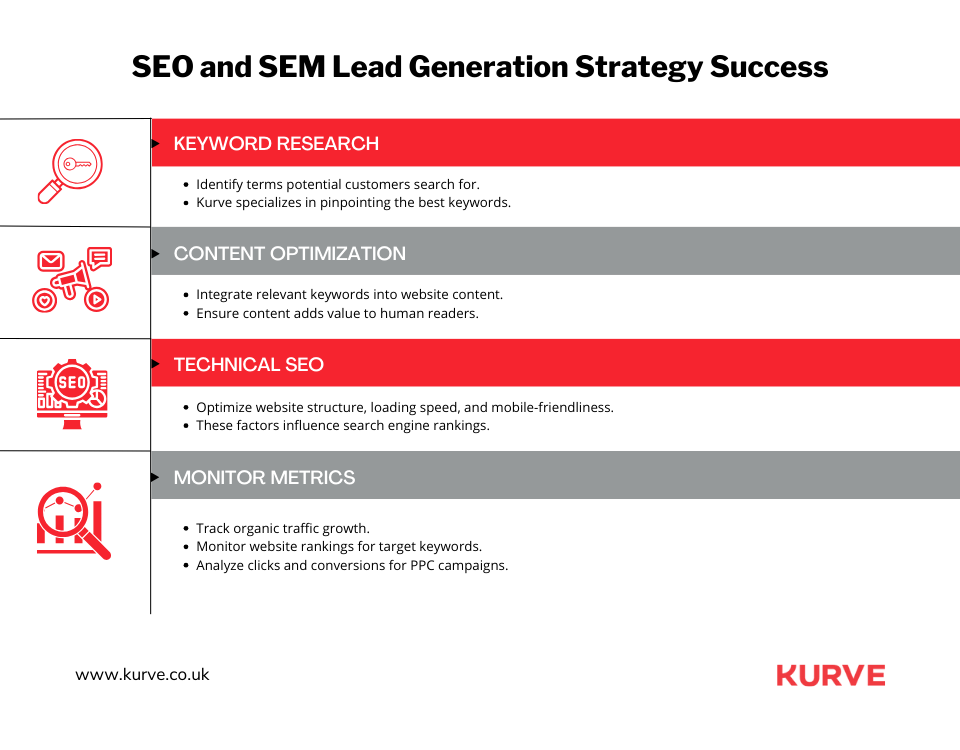
- Keyword research: Identify the terms potential customers search for through lead capture. Kurve's expertise lies in pinpointing the best keywords for targeting.
- Content optimization: Weave relevant keywords into your website content (pages, blogs, titles, etc.) while ensuring it provides value to human readers.
- Technical SEO: Optimize your website's structure, loading speed, and mobile-friendliness, as these factors influence search engine rankings.
- Monitor metrics: Organic traffic growth shows how many visitors search engines send to your website. Track your website's rankings for target keywords. Analyze clicks and conversions for paid search campaigns (PPC) to gauge their success.
7. Attend Networking Events
In-person networking events provide a unique opportunity to build relationships and generate leads. They allow you to put a face to a name, engage in real-time conversations, and showcase your personality. This fosters a sense of connection and trust that can be harder to establish through digital interactions.
Here are some tips when doing networking events:
- Research the event and attendees in advance. Have a concise elevator pitch ready.
- Smile, make eye contact, and be an active listener.
- Show genuine interest in others and their businesses.
- Share helpful insights or resources.
- Offer your business card.
The real work begins after the networking event! Follow up (within 24-48 hours) with personalized messages on LinkedIn or email. Reference specific conversation points to jog their memory. Continue providing value by sharing relevant resources or connecting them with others in your network. If interest was expressed, suggest next steps like a quick call or meeting.
8. Encourage Referral Programs
Harness the power of word-of-mouth marketing with a referral program that turns satisfied customers into advocates.
Word-of-mouth taps into trust, providing social proof that your tech solutions deliver value. These lead generation tactics lead to higher conversion rates, lower acquisition costs, and build brand loyalty as existing customers become active promoters.
Create a successful program by:
- Defining your goals: Focus on leads, sales, or customer loyalty.
- Choose attractive incentives: Offer rewards valuable to the referrer and the referred customer (discounts, freebies, gift cards, etc.).
- Make it easy: Provide clear instructions, referral codes, and shareable templates.
- Promote: Spread awareness through your website, email, and social media.
- Track results: Utilize software or spreadsheets to measure your program's success.
Motivate customers to participate in your referral program with these strategies:
- Tiered Rewards: Offer greater rewards for more referrals.
- Two-Sided Incentives: Reward the referrer and the new customer to boost participation.
- Success Stories: Highlight how customers have benefited from your program to inspire others.
9. Host Webinars and Online Workshops
It’s important to plan and promote your webinar strategically to maximize attendance. Here are the key steps:
- Choose a topic that solves a pain point for your target audience
- Select the right format (presentation, panel, demo, Q&A)
- Use a reliable platform with screen sharing, polling, Q&A, and recording capabilities
- Promote through your website, email list, social media, and partnerships, and consider paid ads.
Once the event is live, foster interaction and engagement throughout your webinar. We recommend you dedicate time for a live Q&A session and utilize polls and surveys to gain insights from attendees. You can also offer exclusive content or discounts for participants to increase value.
Finally, maximize the impact of your webinar with thoughtful follow-up. Share the recording with all registrants, and send a thank-you email with a short survey to gather feedback.
To extend its value, repurpose the webinar content into blog posts, social media snippets, or shorter videos.
10. Design Conversion-Focused Landing Pages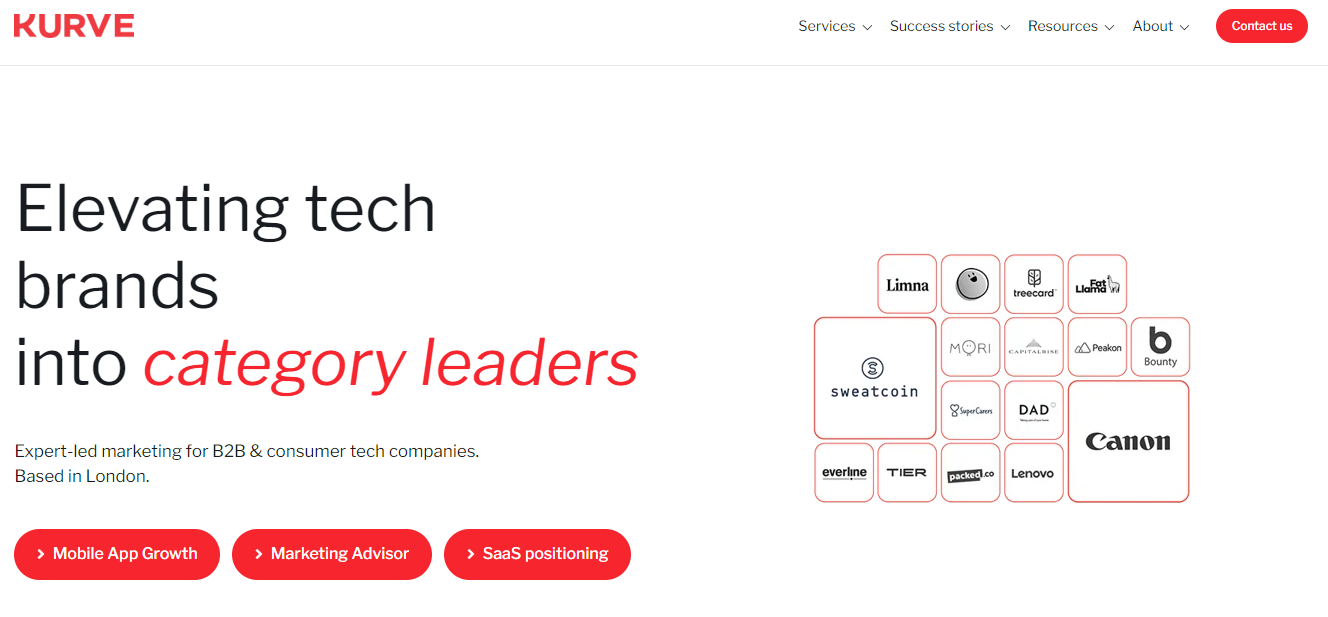
An effective landing page has a clear, compelling headline that immediately grabs attention and highlights your value proposition.
There are several fundamentals involved:
- Use concise, persuasive copy focused on benefits, addressing pain points, and overcoming objections.
- Include strong visuals and trust-building elements like testimonials, case studies, or client logos.
- Minimize navigation distractions.
- Feature a single, prominent CTA (e.g., "Download Now" or "Schedule a Demo”), place it above the fold and repeat it as users scroll.
- Ensure your landing page is optimized for mobile responsiveness.
- Focus on creating a seamless user experience with fast loading times, intuitive design, and easy-to-use forms.
It’s important to iterate to maximize conversions. Prioritize A/B testing and user experience (UX) and test variations of headlines, CTA design and images, using conversion tracking tools to identify what works best.
11. Invest in PPC Advertising
When done right, PPC advertising is an effective lead gen strategy to drive targeted traffic and generate valuable leads.
Here’s how we design and implement a PPC campaign:
- Choose your platform (Google Ads, Bing Ads, or social media platforms)
- Conduct thorough keyword research to identify what your potential customers search for.
- Craft compelling ad copy with clear headlines, descriptions, and strong calls to action.
- Utilize the platform's targeting options to reach your ideal audience based on demographics, location, interests, and online behavior.
When setting up PPC campaigns, you need to determine your daily or monthly budget. You need to track cost-per-click, cost-per-conversion, click-through rate and impressions to measure the ROI of your PPC efforts.
12. Collaborate in Partnerships
Business partnerships offer significant benefits. These include;
- They expand your reach into new markets through your partner's audience
- Enhance your credibility by aligning with established brands
- Allow you to pool resources and expertise
- Reduce risks associated with new ventures or expansion
To maximize the benefits of a partnership, you need to carefully select partners with complementary offerings, ensuring they serve a similar target audience and share your values and vision for a strong cultural fit.
Formalize the partnership with a clear agreement outlining roles, responsibilities, expectations, and profit-sharing arrangements for long-term success.
13. Reach Out with Direct Outreach
Direct outreach is a great lead gen method. Some great strategies are:
- Utilize personalized emails that address specific pain points of potential leads.
- Connect with decision-makers on LinkedIn through targeted messages.
- Use cold calls (sparingly), focusing on delivering a concise value proposition rather than a hard sell.
Personalization is key to successful direct outreach. Research the prospect's company, role, challenges, and recent activities. If possible, reference mutual connections to build rapport. Crucially, highlight how your tech solutions address their specific needs and goals.
Use lead generation tools like CRM systems to track efforts, responses, and follow-up sequences to optimize your direct outreach, and experiment with A/B testing on subject lines to boost open rates. You can also analyze what days and times yield the best engagement and track response rates to refine your messaging and targeting.
14. Showcase Customer Testimonials
Testimonials have a powerful psychological impact, building trust and credibility. They provide social proof, showing potential leads that others have succeeded with your solutions. Testimonials create an emotional connection through relatable stories, resonating beyond simple features and benefits.
Gather powerful testimonials by asking satisfied clients for feedback after successful projects or milestones. For flexibility, offer them various formats (written, video, case studies). It's best to make it easy by providing forms or templates. To boost your value proposition, you can display testimonials across your website, landing pages, social media, and marketing materials.
It's important that your testimonials feel authentic and relatable. Include full names and titles of the individuals providing testimonials to boost credibility, and pair written testimonials with photos or videos for greater visual appeal.
15. Analyze Data and Gather Feedback
Data analysis helps you identify successful strategies and channels, pinpoint inefficiencies in your funnel, optimize resource allocation, and drive continuous improvement. Data-driven insights allow you to adapt your approach to achieve maximum lead generation success.
Use customer feedback to understand the pain points prospects face throughout their interactions with your company. Enhance user experience by improving your website, landing pages, or forms based on feedback. Refine your messaging to make your value proposition clearer and more compelling.
You can utilize a variety of tools to gather lead generation data, such as:
- Web Analytics: Google Analytics tracks website traffic, behavior, and conversions.
- Marketing Automation Platforms: Analyze email campaigns, landing pages, and social media.
- CRM Software: Track lead interactions and conversion rates throughout the sales pipeline.
- Customer Surveys: Gather qualitative feedback directly from your audience.
- Feedback Forms: Embed on your website or within emails for quick insights.
Your Next Steps in B2B Lead Generation Mastery
Remember, generating leads is an ongoing process.
You must analyze data, gather feedback, and continuously refine your approach. Use the strategies that work best for you and attract the right audience, build trust, and fuel your business's growth.
Need help in transforming your lead generation results? Contact us today to explore how we can tailor these strategies to your tech solutions and goals. Don't forget to visit our blog for more valuable insights and resources to drive your B2B marketing success.
